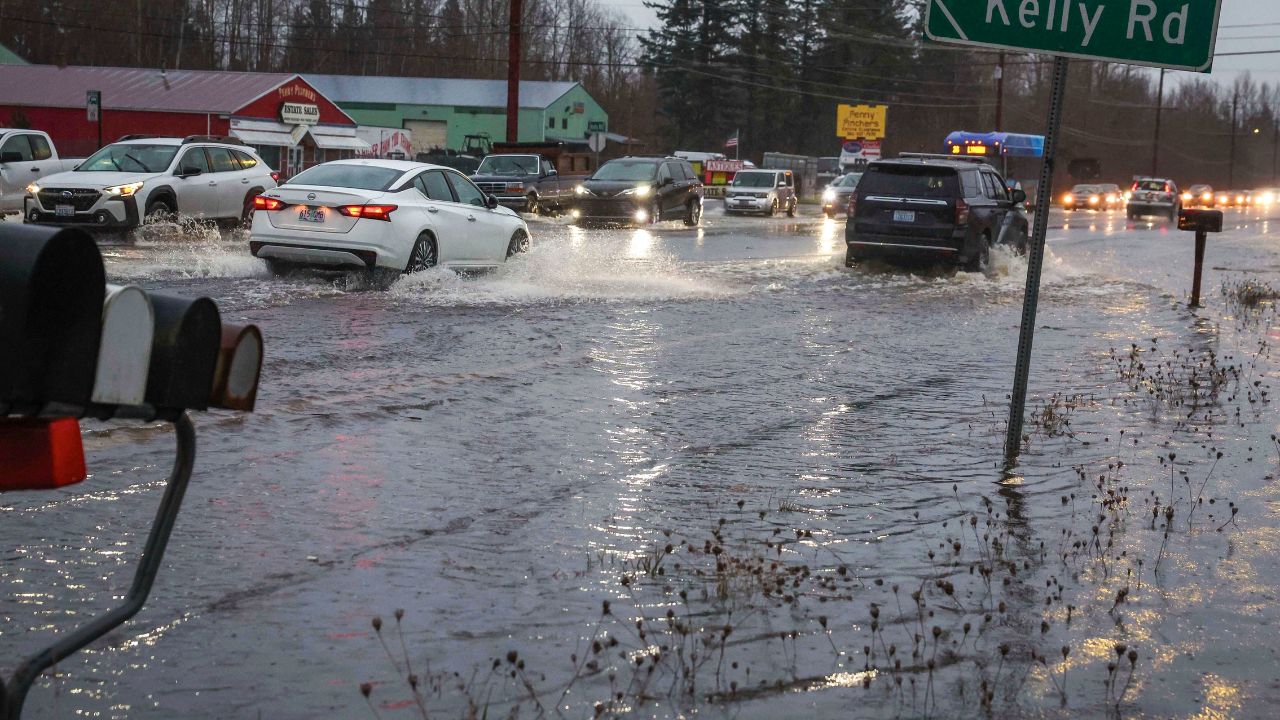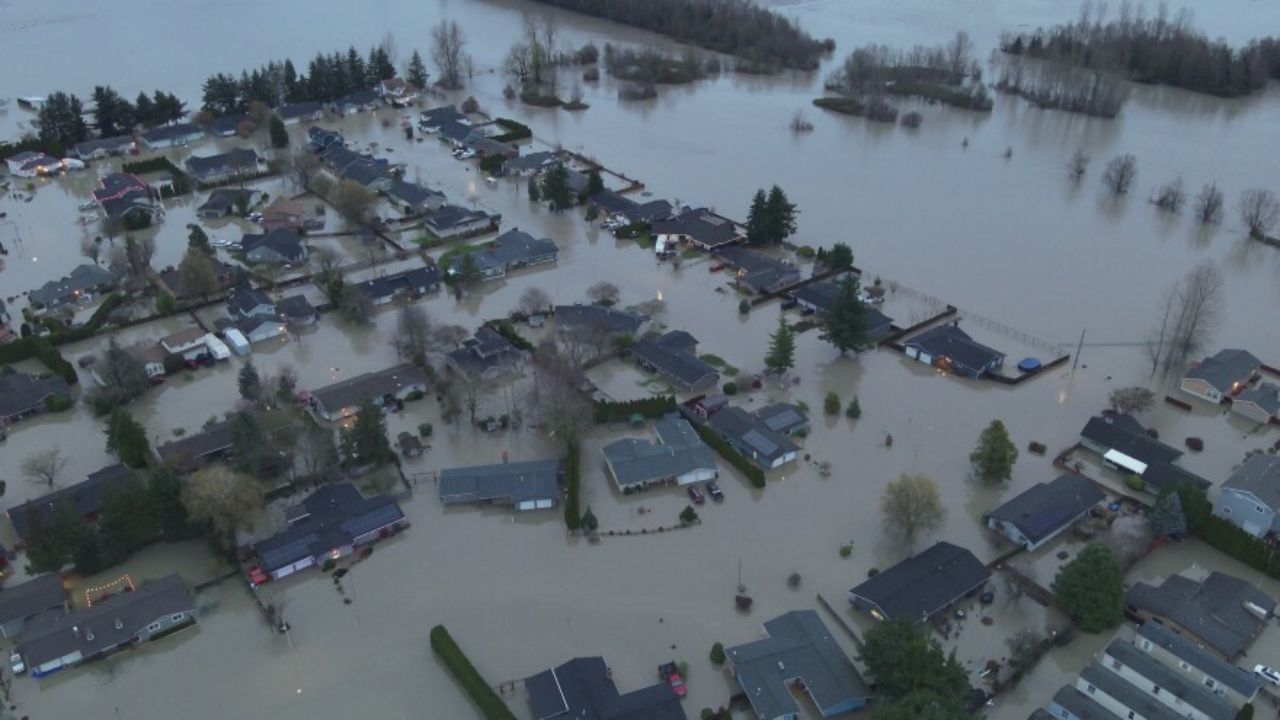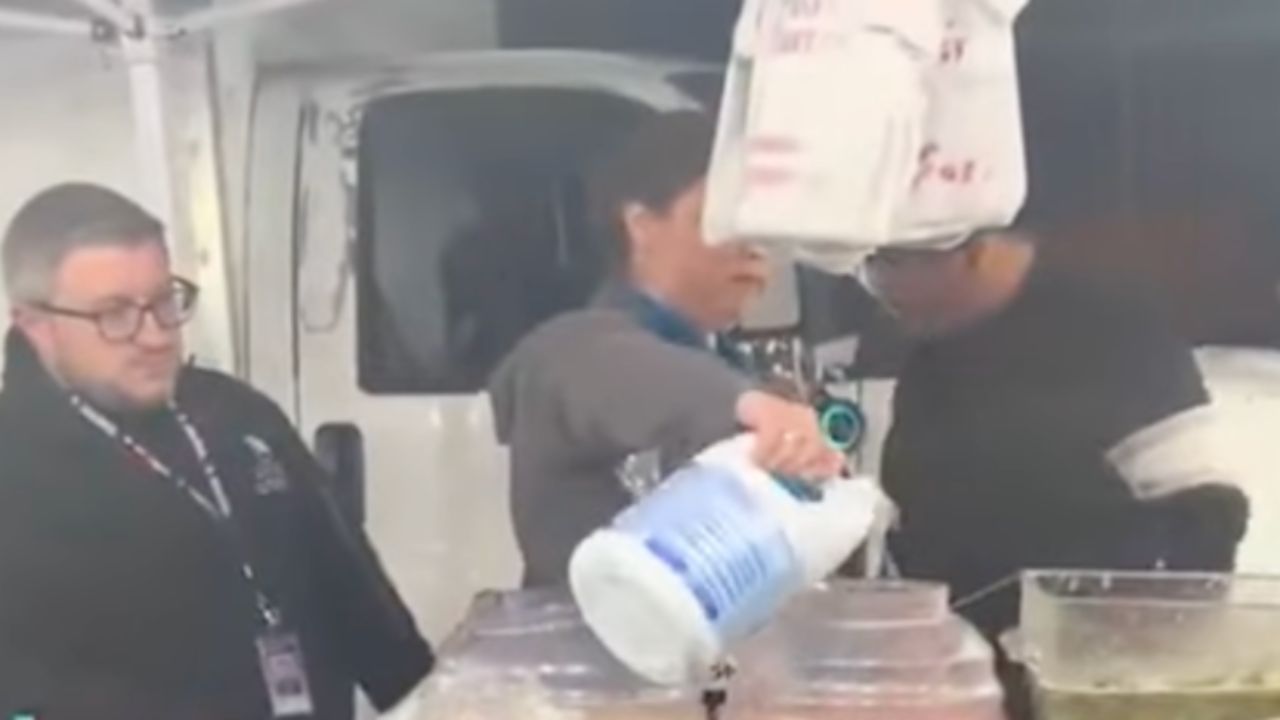Many people who do not have homes face big problems when they try to improve their lives. These problems make it hard for them to find jobs, get medical help, or even get a place to live.
One main problem is that many unhoused people do not have important ID documents. Without these IDs, it is difficult to apply for jobs or government help.
To get a job, you usually need an ID to prove who you are. But many people who live on the streets or in shelters have lost their ID cards or never had one.
Getting a new ID is not easy. It requires other documents like a birth certificate or Social Security card, which many unhoused people do not have. Also, some government offices that issue IDs are far away or hard to reach for them.
Another big problem is finding a stable home. Many people who are unhoused stay in temporary shelters, cars, or even on the streets.
Without a permanent address, it becomes difficult to apply for housing programs or government help. Some housing programs ask for proof of income or ID, which creates a big challenge.
Some cities try to help by offering special ID cards for people who do not have a permanent home. These municipal IDs can help unhoused people get medical care, open bank accounts, or access social services. But not every city offers this, and the process to get these IDs can still be confusing.
Jobs are also hard to find for unhoused people because many employers want a permanent address or a phone number where they can call. Without these, even if the person is ready to work, it becomes tough to get hired.
Non-profit groups and shelters are working hard to support unhoused citizens. Organizations like The Salvation Army and The Van provide food, clothes, and help with paperwork. They also help people apply for IDs and housing programs. These groups show that with some support, unhoused people can start rebuilding their lives.
Even though the government has programs to help unhoused citizens, many do not know about them or find it hard to use them. This is because of the complicated rules and the need for documents that many do not have.
Education and outreach programs can help bridge this gap by informing people about the help available and guiding them step-by-step.
In conclusion, the barriers for unhoused people include a lack of ID, no permanent address, difficulty accessing help, and limited job opportunities.
If these problems are solved, many unhoused citizens could find better jobs, get homes, and improve their lives. Communities, governments, and organizations must work together to remove these barriers. This will give unhoused people a real chance to change their future and live with dignity.






